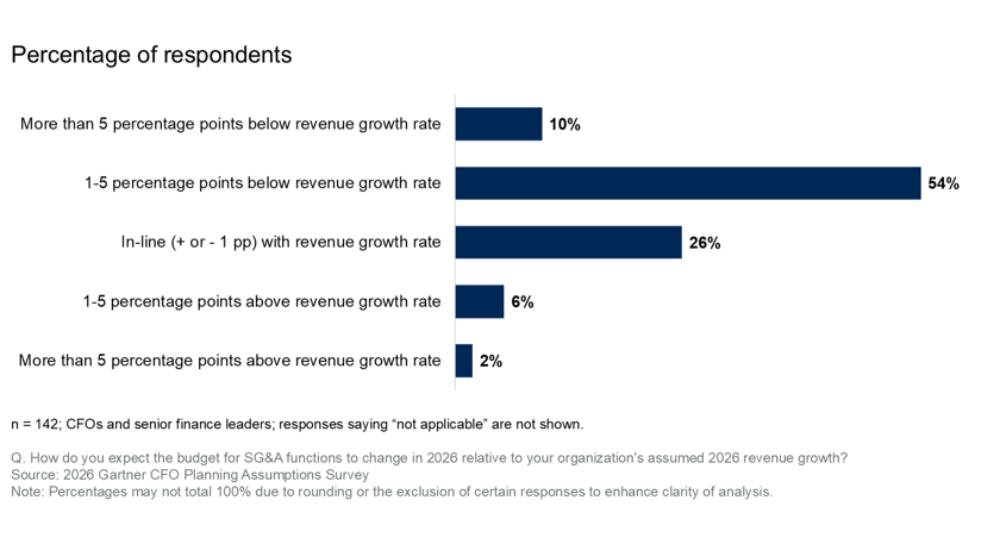The concept of gamification – the principles and theories behind playing games – has been central to the swift progression of virtual training. Gamification techniques are now being applied to real-world industrial learning use cases. One of the most notable international gamification successes was the smash-hit Pokémon Go in 2016.
In the last five years, augmented reality has been adapted to industries as varied as oil plants and marine yards, alongside other gamification technologies such as virtual reality. Within these industrial environments, gamification helps simplify the transfer of complex knowledge for field and plant operators or to general staff.
In the future, the single biggest game-changer for virtual training will be an extended reality experience created with a potent and realistic combination of artificial intelligence, virtual reality, augmented reality and mixed reality, powered by the cloud.
Extended reality is a catchall term referring to all real-and-virtual combined environments and human-machine interactions generated by computer technology and wearables.
The global success of Pokémon Go demonstrated how users are far more engaged when immersed in contextual gameplay. In the industrial world, the very same principles apply for improving trainee interactivity, retention and engagement.
When artificial intelligence is fused into the gamified training process, it is possible to leverage the principles of gamification in real time. However, it is still vital that the learning system is closely mapped to the company’s actual processes.
In an industrial learning sense, it is now possible to familiarise yourself with the digital asset and see the real-time outcomes of your actions as-you-go in case of malfunction or failure. This type of training will only become more immersive as nascent virtual reality and augmented reality technologies become further actualised by developments in artificial intelligence.
What’s more, entire teams are learning simultaneously – as well as learning how to communicate with each other on the job. This type of collaboration will only accelerate as extended reality technology advances.
By leveraging extended reality, organisations can simultaneously run employee-training programmes while the plant is being constructed. This way, the plant is up-and-running as soon as it is opened, saving on valuable and costly downtime. Entire teams can be trained up during the construction process, while also learning to work together in a replicated virtual environment.
Augmented reality can help guide new hires through step-by-step procedures while the plant operates normally – again, saving on idle plant time. Extended reality makes it possible to simulate several tasks and processes overlaid over real data.
Most 3D visualisation takes place by using overlay apps over tablets or monitors. In the future, the human machine interface HMI will be formed of wearable devices. This means there will be no time lag and the user will be able to place multiple data streams in context.

Trainees will be able to use their normal vision to see live complex data streams in 3D vision, as well as connect with others in the same domain. In the coming years, we will be able to view multiple complex data sets through new and exciting lenses.
Most global extended reality adoption will take place in the next five to ten years.
Key takeaways
- The global success of Pokémon Go demonstrated how users are far more engaged when immersed in contextual gameplay
- Gamification techniques are now being applied to real-world industrial learning use cases.
- When AI is fused into the gamified training process, it is possible to leverage principles of gamification in real time.
- By leveraging extended reality, organisations can run employee-training programmes while the plant is being constructed.
The single biggest game-changer for virtual training will be extended reality created with artificial intelligence powered by the cloud.




